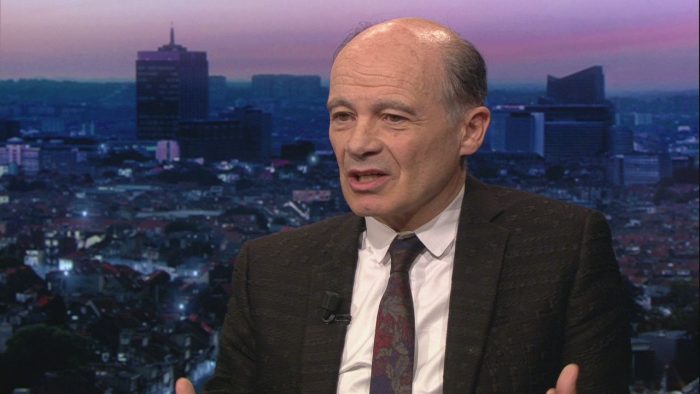
Peter Adriaenssens: “Iemand die in armoede leeft, heeft een andere kop”
“Someone who lives in poverty has a different mind.”
Child poverty refers to the state of children living in poverty and applies to children from poor families or orphans being raised with limited or, in some cases absent, state resources.
Children that fail to meet the minimum acceptable standard of the nation where that child lives are said to be poor.
Wikipedia
Page Description
Discover how child poverty affects kids from low-income families and orphans, leaving them with inadequate resources and below national living standards.
1Kinderpsychiater Peter Adriaenssens over pubers- en jongvolwassenen opvoeden
Child Poverty: A Different Mindset
“Someone who lives in poverty has a different mind.” — Peter Adriaenssens
Child poverty is not just a financial issue; it’s a deep, often invisible challenge that shapes a child’s future in ways most of us can’t easily comprehend. For children growing up in poverty—whether from disadvantaged families or orphaned and deprived of state support—their world is marked by scarcity, limited opportunities, and the absence of basic needs. This reality goes beyond material deprivation; it alters their mental and emotional landscapes.
In many countries, children who fall short of the minimum acceptable standard of living are classified as poor. This poverty can affect everything from their physical health to their educational success, often leaving them with fewer chances to break the cycle.
In the following videos, we dive into the stories and insights surrounding child poverty in different regions, offering a poignant look at how it affects children’s lives and futures. These documentaries and expert perspectives, including that of child psychiatrist Peter Adriaenssens, shed light on the heartbreaking but often overlooked reality of childhood poverty.
Kinderarmoede: Een Andere Mindset
“Iemand die in armoede leeft, heeft een andere kop.” — Peter Adriaenssens
Kinderarmoede is niet slechts een financieel probleem; het is een diepgewortelde, vaak onzichtbare uitdaging die de toekomst van een kind op manieren beïnvloedt die de meeste mensen zich moeilijk kunnen voorstellen. Voor kinderen die opgroeien in armoede—of het nu gaat om kinderen uit kansarme gezinnen of wezen die geen steun van de staat ontvangen—is hun wereld gekarakteriseerd door schaarste, beperkte kansen en het ontbreken van basisbehoeften. Deze realiteit gaat verder dan materiële tekorten; het verandert hun mentale en emotionele beleving.
In veel landen worden kinderen die niet voldoen aan de minimale aanvaardbare levensstandaard als arm beschouwd. Deze armoede beïnvloedt alles, van hun lichamelijke gezondheid tot hun onderwijsprestaties, en laat hen vaak met minder kansen om de vicieuze cirkel te doorbreken.
In de volgende video’s duiken we in de verhalen en inzichten rondom kinderarmoede in verschillende regio’s, en bieden we een aangrijpende kijk op hoe het het leven en de toekomst van kinderen beïnvloedt. Deze documentaires en deskundige perspectieven, waaronder die van kinderpsychiater Peter Adriaenssens, werpen een licht op de hartverscheurende maar vaak over het hoofd geziene realiteit van kinderarmoede.
1 Een vlieg in de kleuterklas
2 Kinderpsychiater Peter Adriaenssens over kinderarmoede in Vlaanderen – Libelle Gebaar
Back to menu IMPORTENT CONTENT Listening recommended Must
3 Peter Adriaenssens: Opgroeien met inspiratie, creativiteit en passie
20 apr 2021
Hoe kunnen we – met een pandemie en de klimaatcrisis – toch inspiratie, creativiteit en passie aan onze jongeren bijbrengen? Welke emotionele en cognitieve vaardigheden moeten we meegeven, en welk kompas kunnen we bieden? Kinderpsychiater en Prof. em. dr. Peter Adriaenssens praat erover in dit webinar.
De coronapandemie heeft een grote invloed op het mentaal welzijn van de jongeren. “Covid-19 is een goede test om te kijken naar de kwaliteiten van de huidige generatie en dan zie je dat we ons daar toch wel zorgen over moeten maken. Er is een veel sterkere stijging van psychische stoornissen dan moesten we bijvoorbeeld een ernstige griepcrisis doormaken”, waarschuwt Peter Adriaenssens. Bovendien praten jongeren niet gemakkelijk over psychische problemen. “Je zou denken dat er veel beschikbaar is in ons land om jongeren met een depressie te helpen maar de realiteit is dat de omerta bij tieners en jongeren ontzettend hoog is. Je komt er niet voor uit. Pogingen om daar iets aan te doen brengen wel op maar botsen toch op die jongerencultuur.”
Maar Peter Adriaenssens ziet bij de huidige generatie talenten die er voordien niet waren. “Jongeren worden spoortrekkers in omgaan met diversiteit. Normen en waarden die vroeger evident waren worden nu door jongeren in vraag gesteld. Volwassenen onderschatten dat jongeren zelf diversiteit maken. Ze leren vandaag veel meer oefenen met het nemen van verschillende posities en dat is een talent dat gecreëerd wordt.”
Dit is aflevering 11 uit een 13-delige serie.
Perspectief 2030 is een webinarreeks van Itinera. Begin 2021, in de schaduw van de corona-pandemie, wil de onafhankelijke denktank de noodzaak beklemtonen van een sterk relanceplan voor België en de belangrijkste maatschappelijke uitdagingen duiden. Ambitie en daadkracht voor alle Belgische regeringen zijn nodig om tegen 2030 groei en welvaart voor België en zijn regio’s veilig te stellen. België moét en kàn beter.
Herbekijk alle webinars uit de reeks Perspectief 2030 op onze website: https://www.itinerainstitute.org/nl/p…
Schrijf je in voor onze nieuwsbrief: https://bit.ly/3qfJWeC
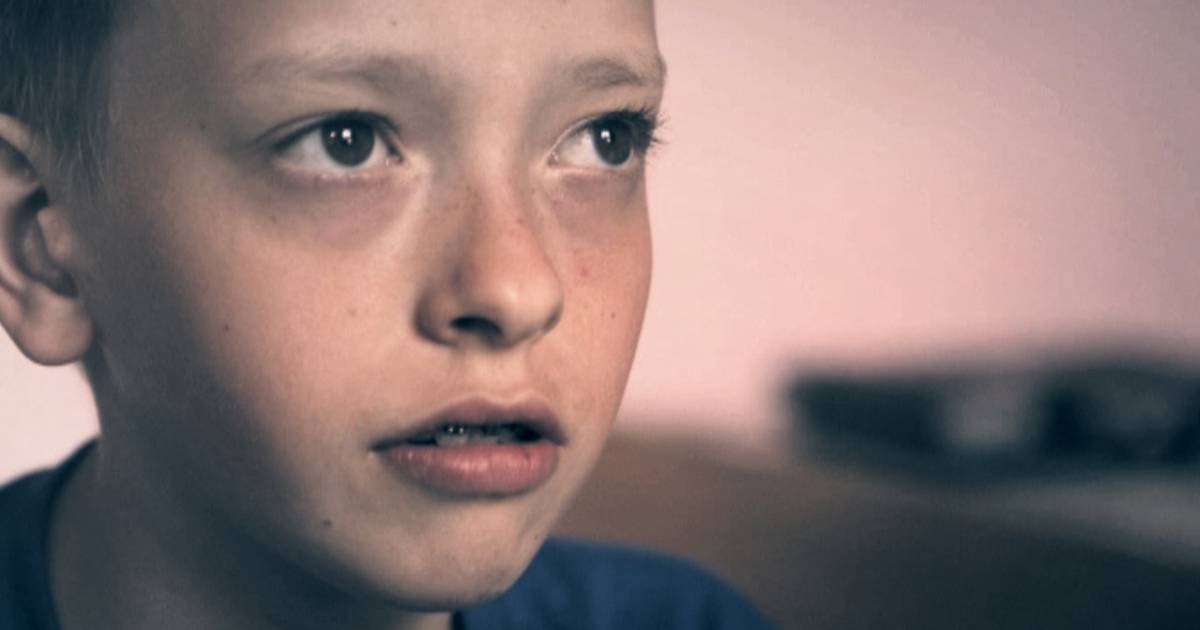
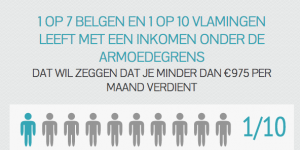
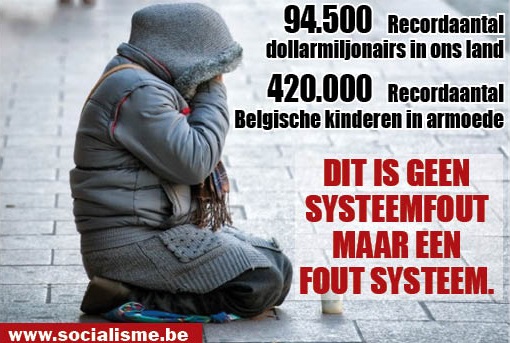
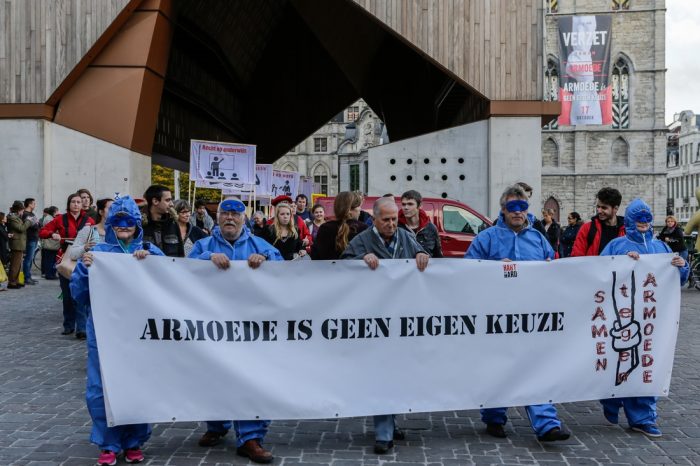
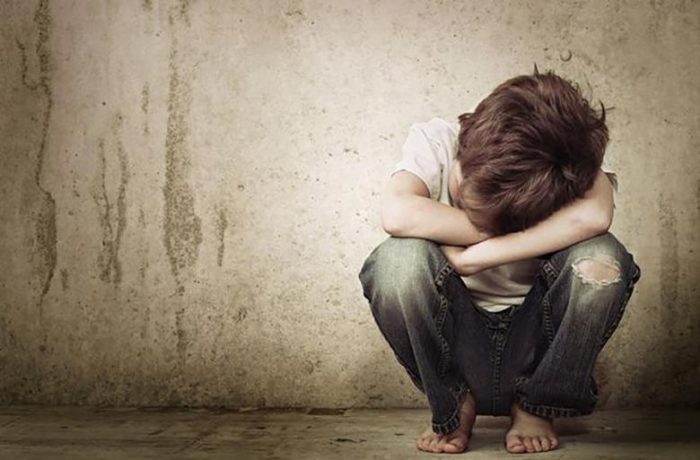
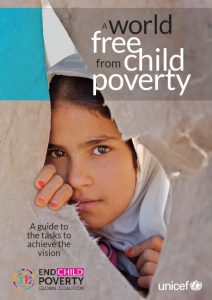
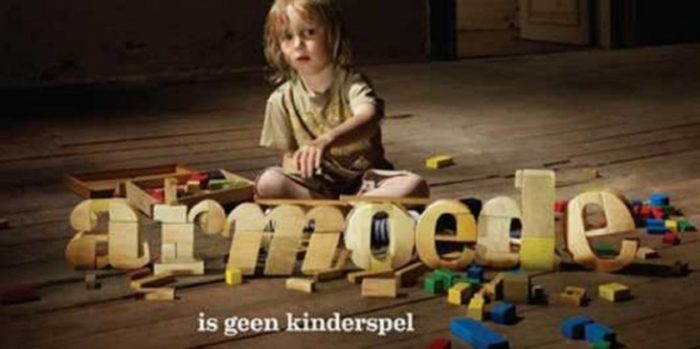
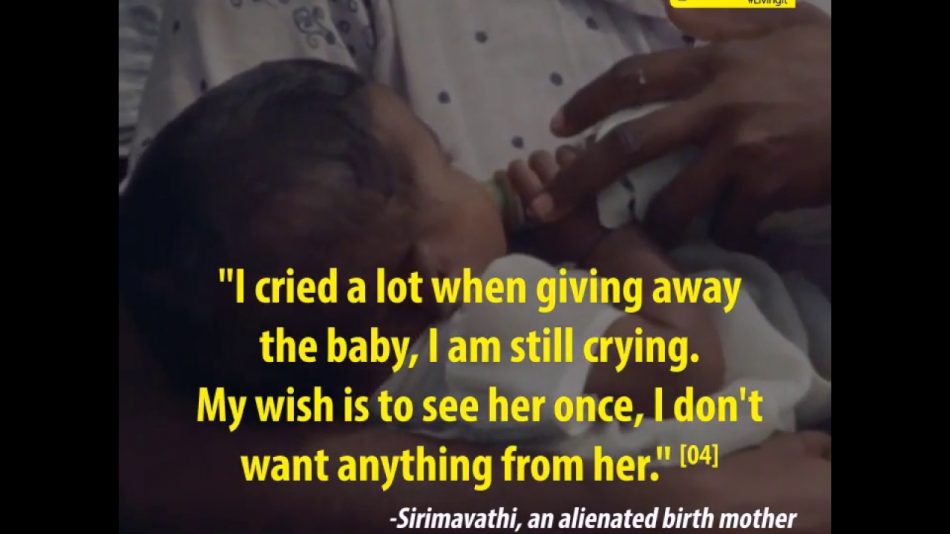
5 Dylan getuigde dit jaar over kinderarmoede, hoe kijkt hij daar nu op terug?
Hoe is het om in armoede te leven?
13 sep. 2018
7 Barefoot Children – Documentary about street children
21 mrt. 2012
Idea
Two students came to Santa Cruz, Bolivia with the dream of making a documentary film about street children. After 4 months of working with the children they got the opportunity to start planning the film. Inspired by their own experience, they got an idea:
If people can get to see that there is hope for street children, then maybe bad attitudes can be changed and people can be inspired to help.
Shooting
The film was shot under bridges, in parks and water canals. It was shot on hot middays and cold midnights, at the break of dawn and in the pouring rain.
The children were always explained the purpose of the film before any recordings were made. Some of them pulled away from the camera and made it clear that they were not to be filmed. That was respected. Others were very enthusiastic about getting filmed and interviewed.
After a while the situation became more natural to both the children and the film makers. The camera was not a threat, nor a toy anymore.
Approach
The film does not try to persuade people into doing something. It is simply an eye opener, made to wake reflections in people. It shows the dreadful hopelessness of living on the street. It paints a picture of the evil circles of poverty.
It speaks about how drugs, abuse and violence is brought upon innocent children. But it also shows how a small child can keep up hope in the middle of it all. It shows that children can pull themselves through it, and even leave the street for good. It is possible!
This is what inspired two students to work with street children, and that is what they hope will inspire you who watch Barefoot Children -the documentary.
SHOCKING CONTENT
At minute 15: very painful
MUST BE SEEN
8 Welcome Nowhere (FULL DOCUMENTARY)
28 feb. 2018
9 Why are so many children living in poverty in the UK? – BBC Newsnight
10 feb. 2021
10 Children of the Dump: Small Steps Project
19 nov. 2014
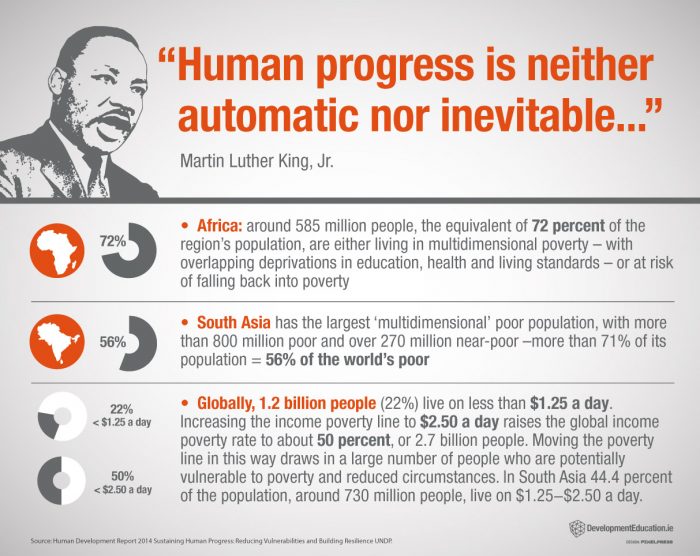
11 Gary Haugen: The hidden reason for poverty the world needs to address now
21 apr. 2015
12 Poor Kids Of America (Child Poverty Documentary) | Real Stories
28 jun. 2017
IMPORTANT CONTENT
13 Poor Kids: Life on the Breadline (Child Poverty Documentary) | Real Stories
24 feb. 2016
14 Stealing Africa ⎜ WHY POVERTY? ⎜(Documentary)
5 jan. 2013
Rüschlikon is a village in Switzerland with a very low tax rate and very wealthy residents. But it receives more tax revenue than it can use. This is largely thanks to one resident – Ivan Glasenberg, CEO of Glencore, whose copper mines in Zambia are not generating a large bounty tax revenue for the Zambians. Zambia has the 3rd largest copper reserves in the world, but 60% of the population live on less than $1 a day and 80% are unemployed. Based on original research into public documents, STEALING AFRICA is an investigative story of global trade and political corruption where money and natural resources only flow one way, and in the meantime poverty becomes harder to escape.
Filmmaker: Christoffer Guldbrandsen
Producer: Henrik Veileborg
Produced by Guldbrandsen Film
Released: 2012
This film was originally released as part of THE WHY series WHY POVERTY?. Learn more about the project: https://www.thewhy.dk/projects/why-po…
__________________________________
About THE WHY
We believe free access to information is a human right.
To combat unequal access to information THE WHY produces & donates documentaries to underserved countries and distributes them on a sliding fee scale to other broadcasters around the world.
15 – 60 Minutes Rewind: Hard Times Generation
18 mei 2020
IMPORTANT CONTENT
16 Meet Yvette, an 8 year old girl living in Burundi | World Vision
19 mei 2015
17 Virgin Mary Comes Alive Prank
26 mei 2012